If you click on a link and make a purchase we may receive a small commission. Read our editorial policy.
Ram V’s existential approach to Batman
As Ram V’s Detective Comics run continues, he speaks directly to Batman’s trauma and identity in a raw emotional scene

Like Disney princesses, many superheroes are motivated and driven by a longtime trauma, often involving the loss of parents. No DC Universe hero better personifies that axiom than Batman, who literally swore to combat evil while kneeling in a pool of his murdered parents’ blood in Gotham City. However, years into fighting crime across the DCU, including defeating numerous supervillains that threaten to raze Gotham to the ground, Bruce Wayne still feels defined by his childhood trauma and, in some instances, restrained by it.
Recently, Bruce has had the opportunity to address these normally subconscious traumas and hang-ups head-on, both in the crossover event Knight Terrors and Ram V’s current run on Detective Comics. Both instances have Batman comment directly on how he now views the impact his parents’ murders left on him at such an impressionable age and how that’s modified and evolved over time. Here’s what Batman’s self-reflection reveals about the progression of the character and how, in the specific instance of Detective Comics #1075 by Ram V and Francesco Francavilla, it speaks to Ram V’s larger work within the DCU.
Spoilers for Detective Comics #1075 below
A return to Crime Alley

Ram V’s run on Detective Comics features a sprawling battle between Batman and the Orghams, an ancient family with deep links to Gotham and the wider DCU. The family and their formidable personal army offer a more mystical challenge for the Dark Knight, as he battles the Orghams in an operatically surreal adventure that reopens old wounds from his past, including the loss of his parents. At a moment of extreme vulnerability, Batman returns to Crime Alley, the infamous spot where his parents were murdered decades ago, where he has an imagined conversation with his childhood self.
In their conversation, Batman explains that he created his Caped Crusader alter ego to make sense of senseless violence and make the deaths of Thomas and Martha Wayne mean something more than a random mugging gone murderously wrong. Batman admits to Bruce that the pain of their loss never truly goes away and concedes that if he ever stopped being Batman, it would mean that Thomas and Martha’s deaths would be random and meaningless. As the conversation ends, Batman comforts Bruce in the knowledge that, while he may get lonely, he will never be alone, with the two iterations of Bruce parting ways.
The vivid nightmare of Knight Terrors

Earlier this year, Batman was plunged deep into his nightmares in the crossover event Knight Terrors by Joshua Williamson and Guillem March. The story introduces the new supervillain Insomnia, who traps most of the DCU in nightmares as he searches for the powerful Nightmare Stone to augment his abilities and complete his revenge on the Justice League. In Batman’s nightmare, he finds himself in a twisted version of Gotham City, complete with a haunting vision of Crime Alley and himself as a child at the time of his parents’ murders.
Having endured plenty of hallucinogenic confrontations with his greatest fears, often thanks to the fear-manipulating supervillain Scarecrow, Batman identifies this as an altered reality quickly and claims to have overcome his childhood trauma long ago. Insomnia counters this by placing Batman in Joe Chill’s body to kill his parents, offering a new wrinkle and change in perspective on the infamous night in Crime Alley. Overcoming Insomnia’s nightmare, Batman takes the time to assure his childhood self that he will one day make new friends to help him fight his deep-seated pain and become stronger from it before emerging into the waking world to confront Insomnia.
A more introspective Dark Knight

Both of these imagined moments between Batman and the child Bruce reaffirm that Batman hasn’t really been a loner figure since the earliest years of his crime-fighting career but rather part of a Dynamic Duo, Terrific Trio, or an entire Bat-Family. And even before Bruce brought in Dick Grayson to become the first Robin, his faithful butler and surrogate father figure Alfred Pennyworth was a constant presence and source of support in his life. The Bruce who lost his parents might not have believed it then, but he always had people caring about him and people to care for, even if his pain and grief created a sense of isolation from the rest of the world.
More troubling are the assertions that Batman’s pain will never go away and that he believes, if he ever stopped crime-fighting, that his parents' deaths would instantly revert to becoming pointless. In the case of the former, Batman referring to his superhero side hustle as an elaborate coping mechanism is a major admission from the normally sullen character, and a rare moment of honesty. Characters like Nightwing and Green Lantern are similarly defined by childhood tragedy, but seem leagues more well-adjusted, at least on the surface. Batman has been making great strides following this, particularly in Joshua Williamson and Simone di Meo’s Batman & Robin series, which parlays into this vulnerable moment of a father trying to address his pain.
The latter case is where the deceit is more evident, because the deaths of Thomas and Martha Wayne have already made a difference, of course. Batman’s years of defending Gotham and the DCU from common criminals to megalomaniacal supervillains has saved countless lives and inspired countless more. The very fact that Batman heads a cadre of superheroes, in addition to his prominent years of service on the Justice League and Outsiders, is evidence that he has channeled his grief into creating a lasting legacy that honors his parents, even if he doesn’t see it himself. Batman could rest, if he wanted, having already changed the world for the better.
Ram V’s existential surrealism to the DCU

The more surrealistic approach to Gotham in Ram V’s Detective Comics run is something that reflects his larger body of work with DC, with existential themes often informing his narratives. The biggest example of this is his 2021 maxi-series The Swamp Thing, with Mike Perkins, which introduced a new avatar of the Green, Levi Kamei. In inheriting this elemental power, Levi similarly confronted unresolved trauma from his childhood in India and would have a conversation with former Avatar Alec Holland to help him achieve his new potential as the new Swamp Thing.
Early in 2023, Ram and Lalit Kumar Sharma created the DC superhero team The Vigil, a group of metahumans based out of India who targeted illegal technology across the DCU. These heroes contemplate the toll that their own super-powered transformations have taken on their humanity in between battling evil, veering less into surrealism than cloak-and-dagger espionage, but still with an existential flair.
Humanism and identity are important themes throughout Ram’s work, both at DC and in his growing creator-owned work, and even a character as superficially cold and calculating as Batman is explored through this narrative lens. At his core, Batman is just a man, and Ram embraces this strength amidst all the operatic grandeur in the wider story that is quietly reinventing the Batman mythos in its own way.
On sale now, Detective Comics #1075 is written by Ram V, illustrated by Francesco Francavilla, and lettered by Ariana Maher. The story continues in Detective Comics #1076.
Follow Popverse for upcoming event coverage and news
Find out how we conduct our review by reading our review policy
Let Popverse be your tour guide through the wilderness of pop culture
Sign in and let us help you find your new favorite thing.


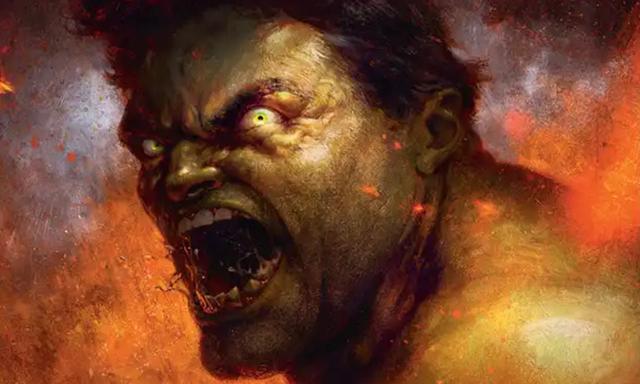

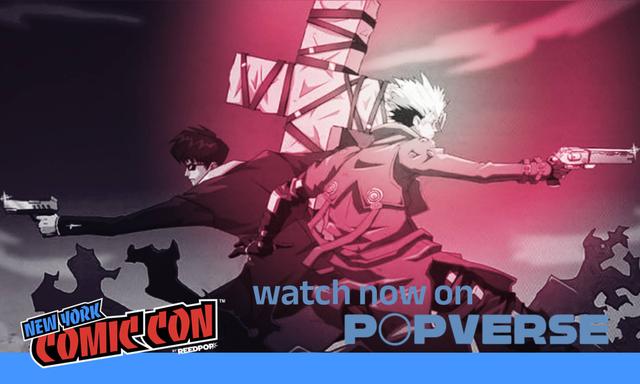
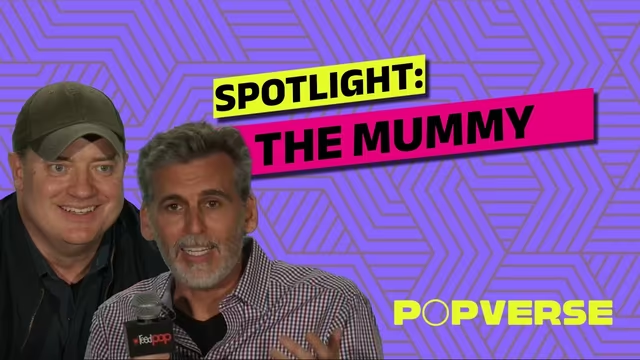

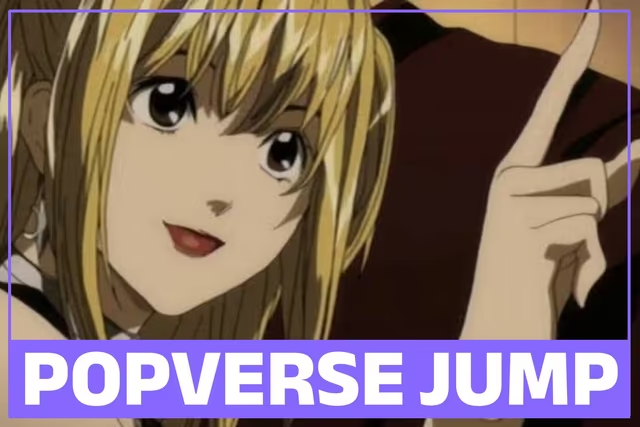
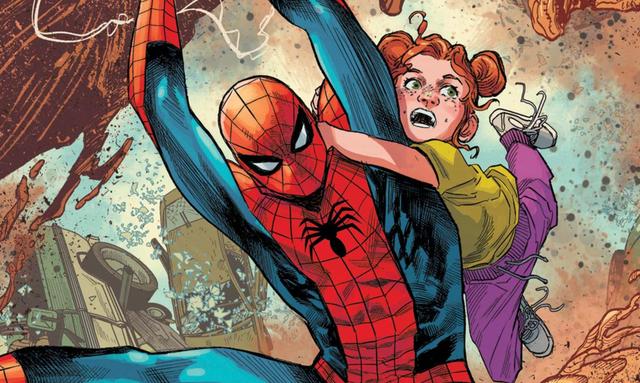
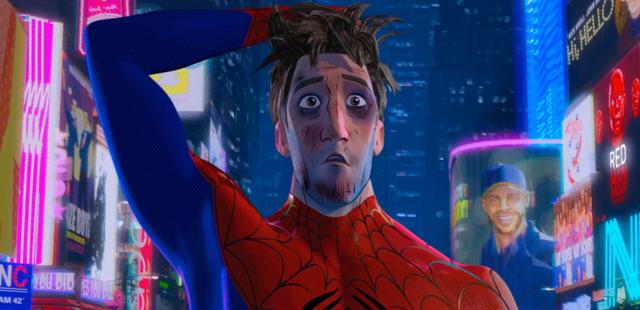






Comments
Want to join the discussion? Please activate your account first.
Visit Reedpop ID if you need to resend the confirmation email.